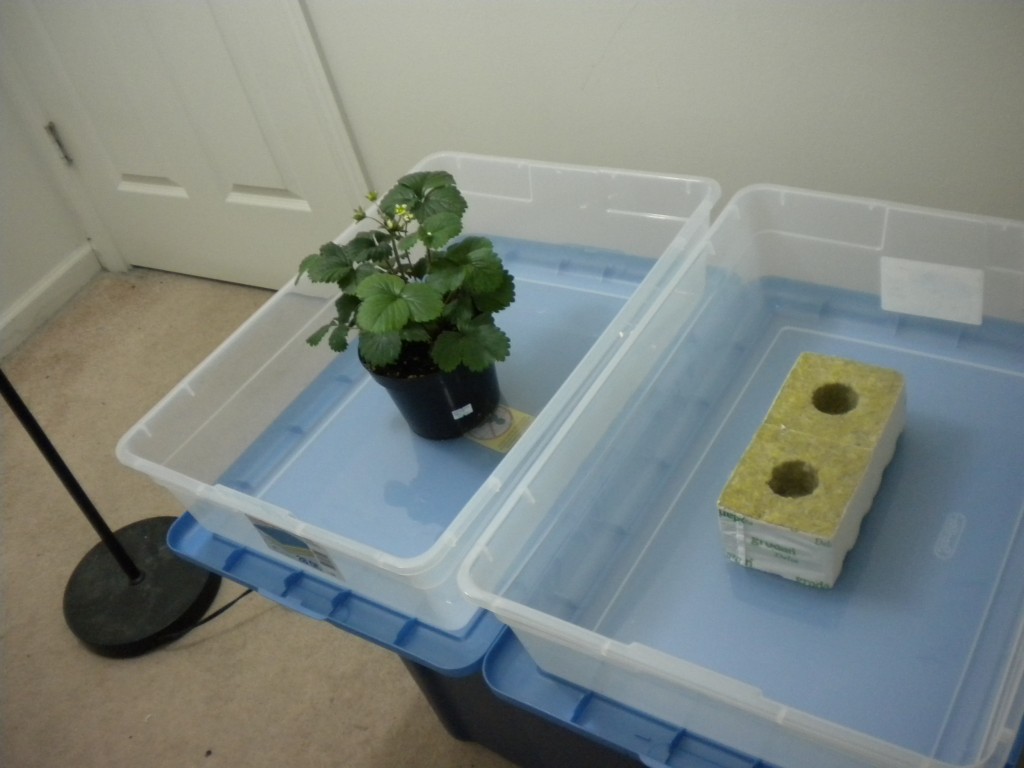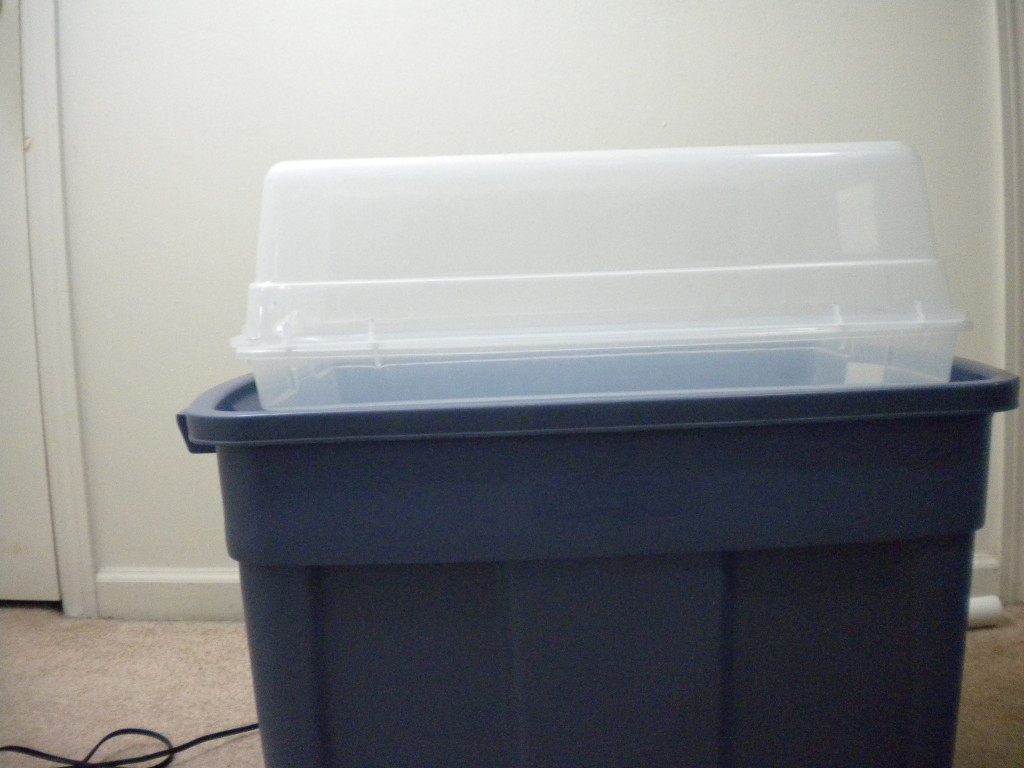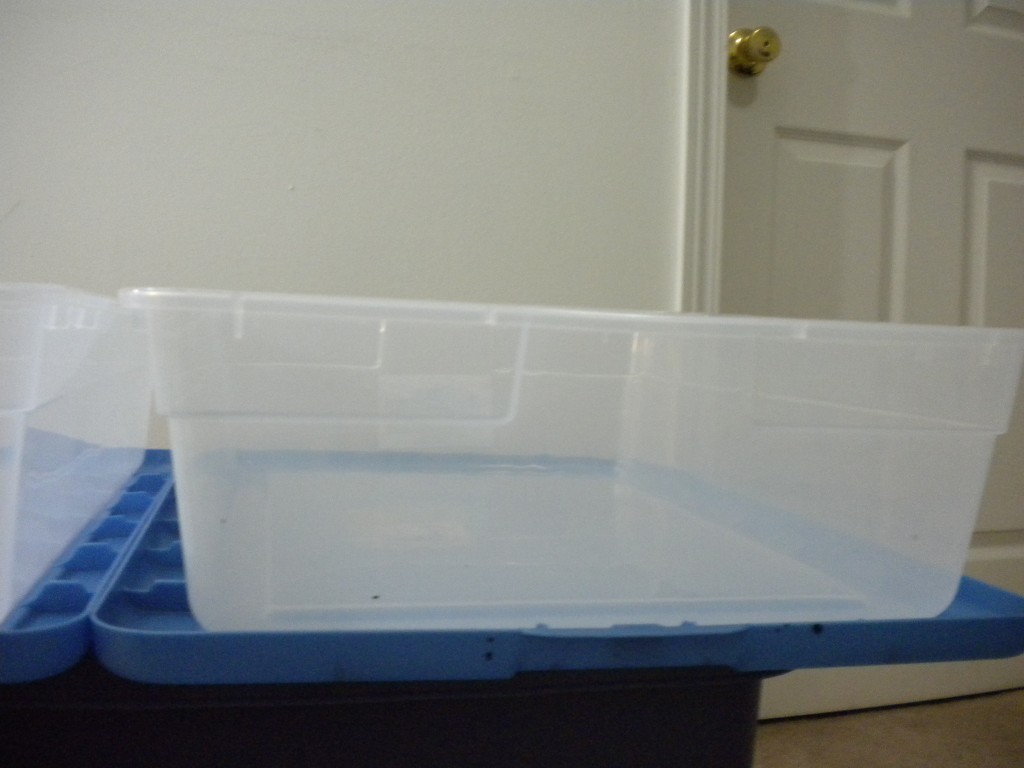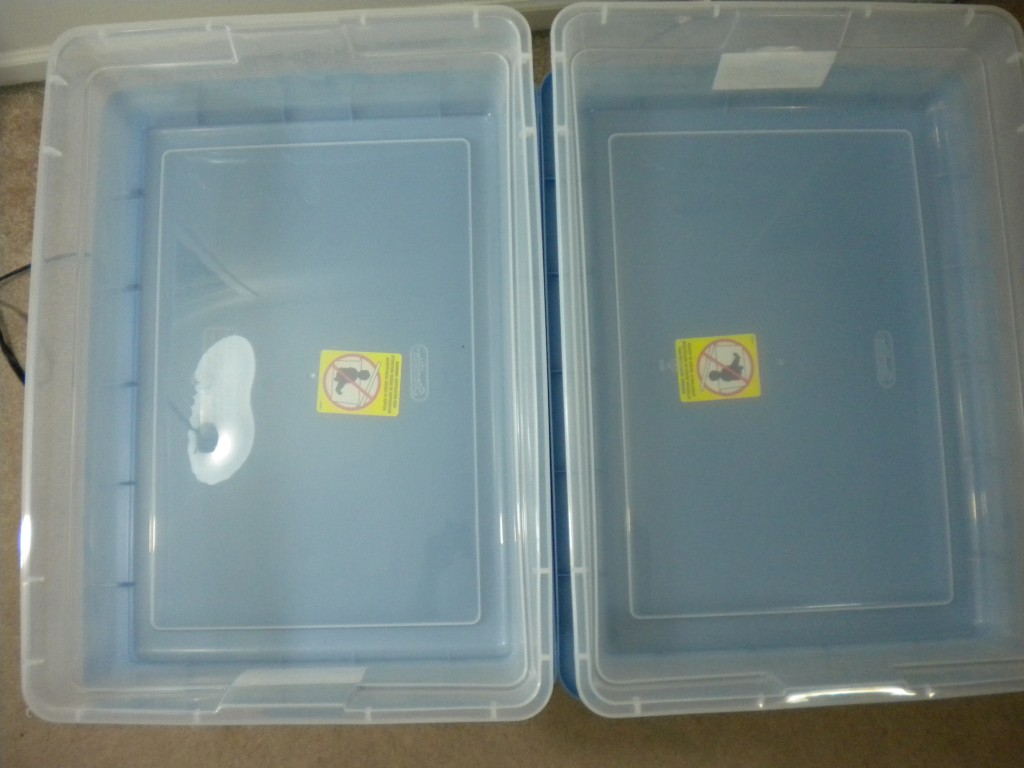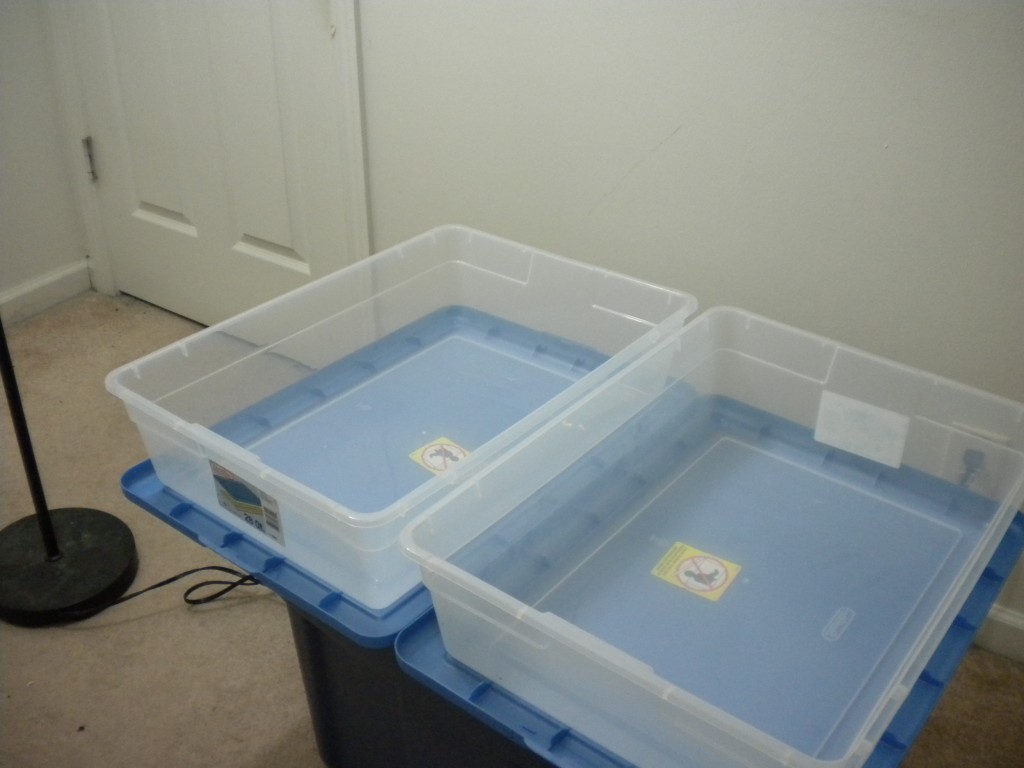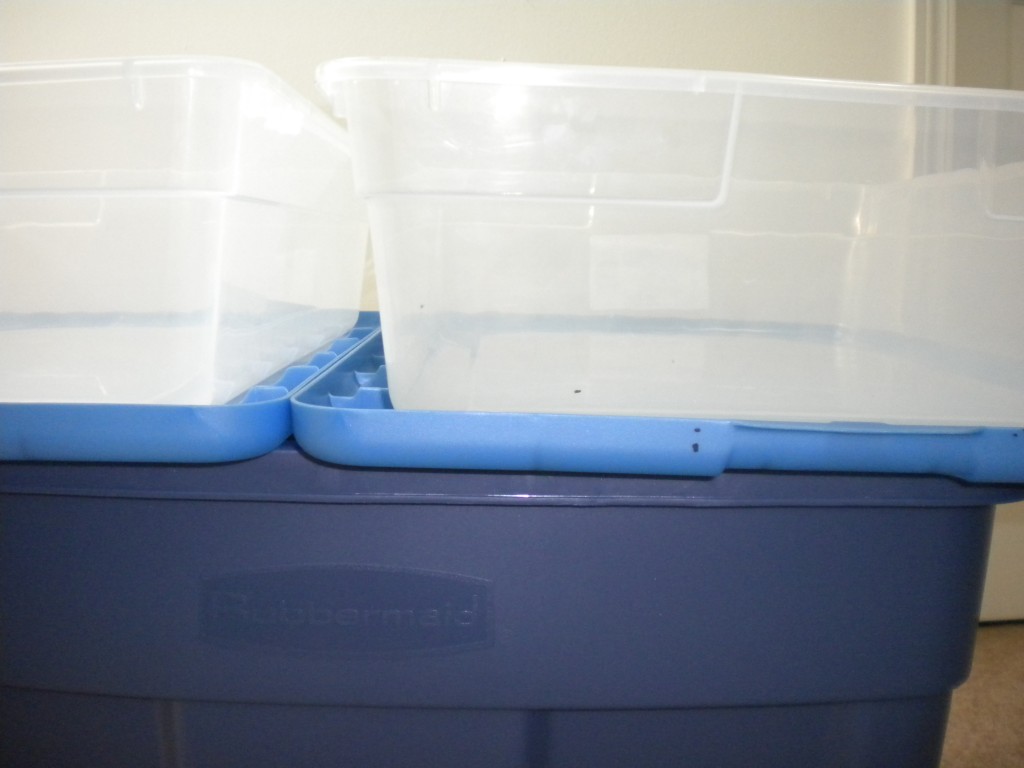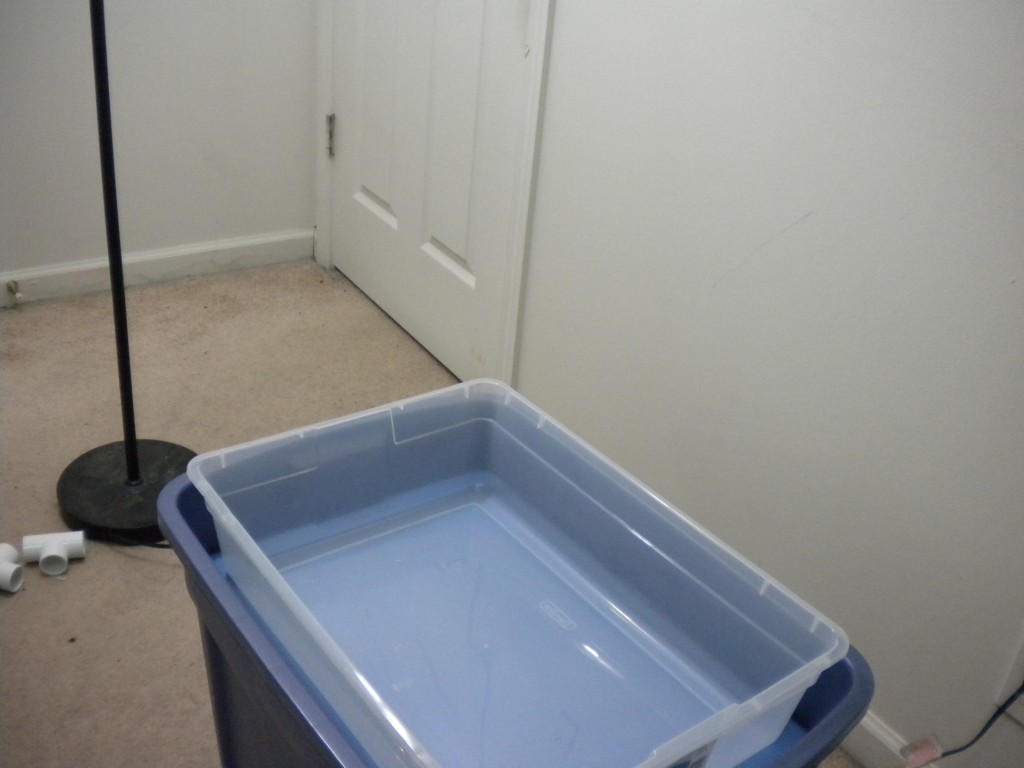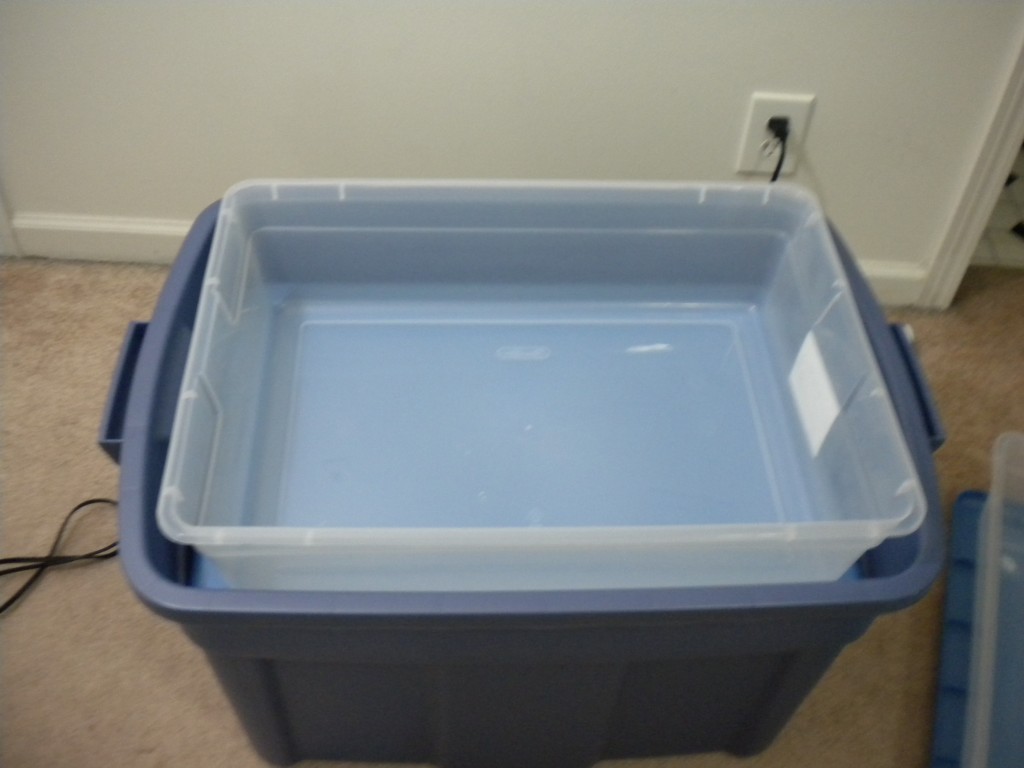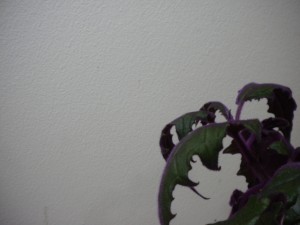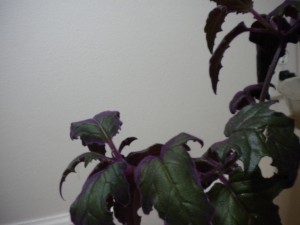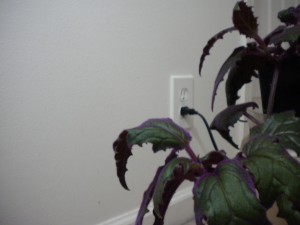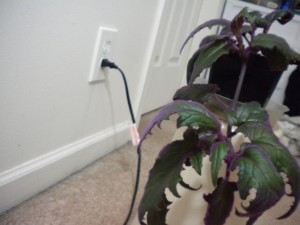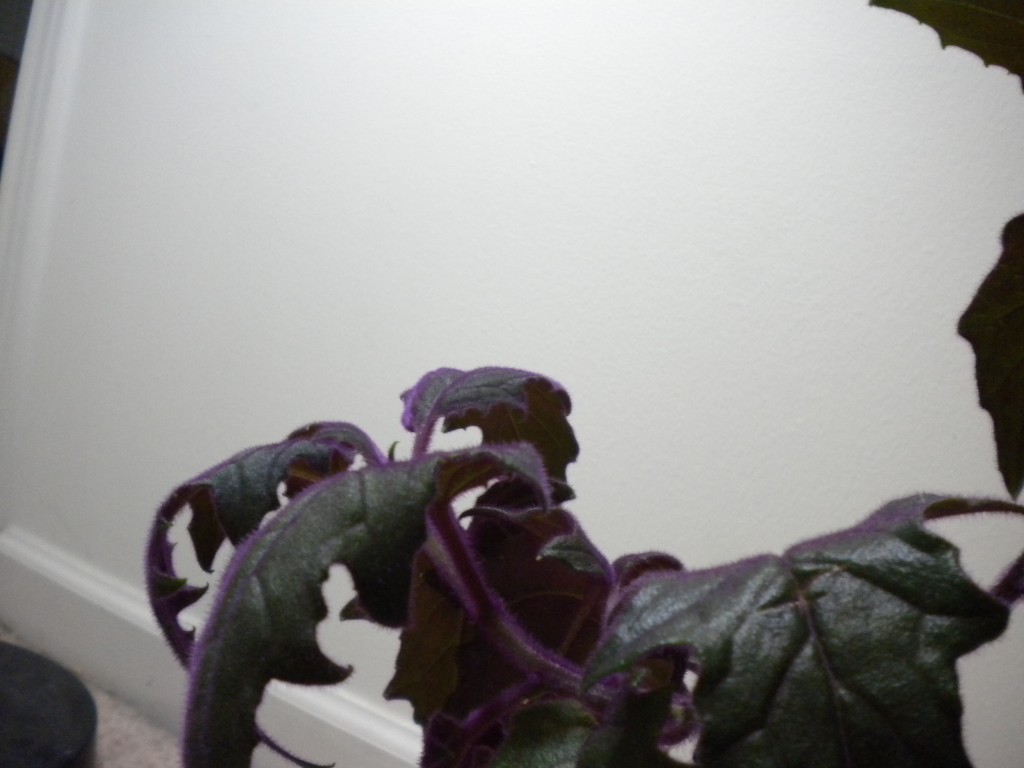Pest control is often a topic shrugged off by novice indoor gardeners. You might think, oh its indoor, there are no bugs in here. WRONG. You cannot assume things like this when it comes to indoor gardening. It is better to plan for gnats, flies, aphids, spider mites, and other plant eating bugs before they wipe out your crop with out you noticing. Don’t underestimate the damage a bad pest infestation can cause. It may seem like they are only eating a few leaves or slightly discoloring leaves. The point is all that degradation adds up and what do you have to show for it? Worse crops, bug infested food or flowers, and lower yield! The point of indoor gardening is to control for a better grow. Be preventative in your pest control and you may never have to worry about an infestation.
Try using an organic garlic spray to ward off bugs. Post up yellow sticky paper to catch flying insects. The yellow sticky paper is great almost anywhere you put it. I have put them under the lips of containers to catch fresh gnats in the soil. If you place them up higher you may catch bigger flies. Try to use organic and natural pest control so you don’t affect the quality of your crops. Hydro shops also sell predatory bugs that will eat your pest infestation and then eat themselves. This is a method I have not had to use, but it is one of the most natural pest controls. Buying live lady bugs or placing them in your garden when you find them around the house will help eliminate small bug populations.
Another method of preventative pest control for an indoor garden is an enclosed growing environment that pests cannot get into. People may not realize the importance of closed chambers, but they can certainly help isolate a pest problem. If you anticipate a possible aphid or spider mite problem try a very light solution of a spray like AzaMax to ward off any pest infestation attempts. I’ve wiped out whole aphid colonies with only off-brand Neem before as well, but I’m sure that won’t work for all.
Green Moral of the Story: Preventative pest control can save you many headaches from dealing with nasty bugs and sprays. Preventative pest control can also ensure your crops will stay healthy and yield at their highest potential, and that’s what we’re after.
Get General Hydroponics AzaMax at Amazon today to protect your indoor garden investment. You can also read customer reviews here.
